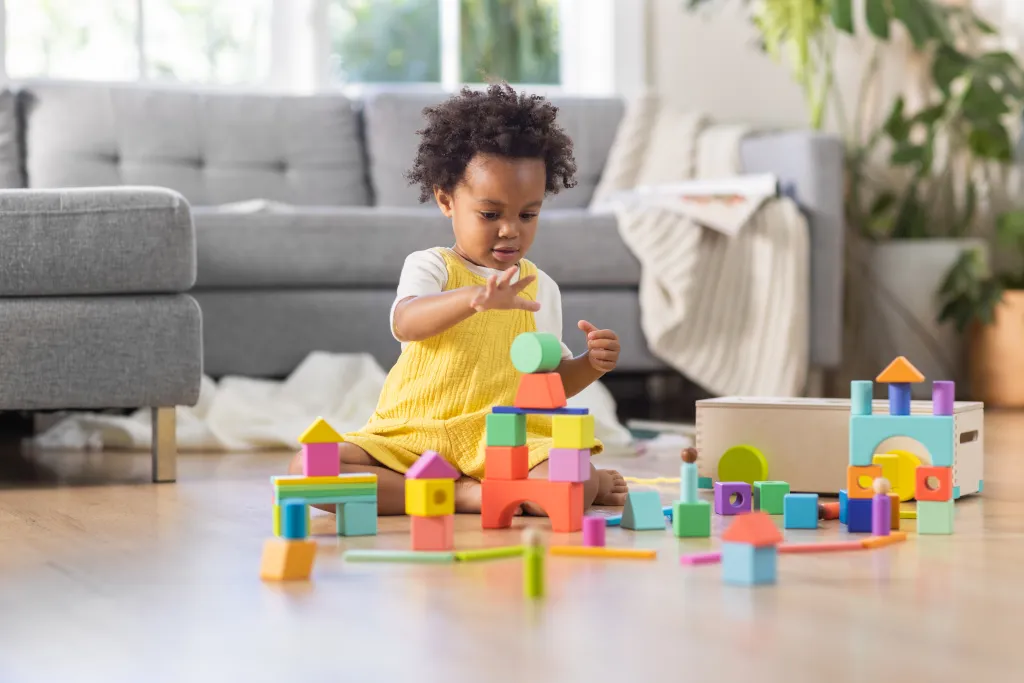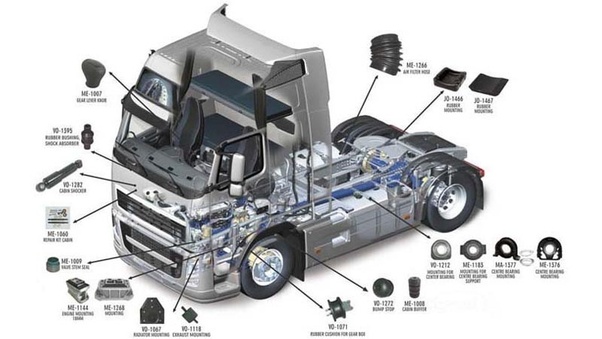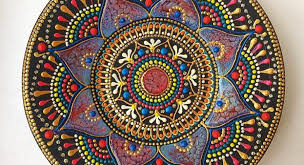Discover the Best Educational Wooden Toys to Boost Your Toddler’s Development
Toddlers are naturally curious and eager to explore the world around them. Choosing the right toys can significantly impact their development, offering learning opportunities while keeping playtime fun. One of the best investments you can make is in educational wooden toys. In this blog post, we’ll introduce you to ten of the best educational wooden toys for toddlers, explain their benefits, and provide tips on selecting the perfect toys for your little one.
What Are Educational Resources?
Educational resources are tools and materials designed to promote learning and development. These resources can be used at home or in the classroom and are especially effective in a Montessori setting. They help children develop a wide range of skills, from cognitive and fine motor abilities to sensory exploration and problem-solving.
Why Choose Wooden Toys?
Wooden toys for kids are a fantastic choice for toddlers for several reasons. They are durable, safe, and eco-friendly. Unlike plastic toys, wooden toys often last longer and can be passed down through generations. They are also free from harmful chemicals and provide a tactile experience that stimulates a child’s senses. Additionally, wooden toys encourage imaginative play and creativity, making them an excellent addition to any child’s toy collection.
Benefits of Wooden Toys for Toddlers
- Durability: Wooden toys are built to last, making them a wise investment for parents.
- Safety: Made from non-toxic materials, wooden toys are safe for toddlers who love to put things in their mouths.
- Eco-Friendly: Wooden toys are often made from sustainable materials, reducing the environmental impact.
Top 10 Educational Wooden Toys for Toddlers
1. Wooden Blocks
Wooden blocks are timeless toys that have been used for centuries. They help toddlers learn about colors, shapes, and sizes while developing fine motor skills and hand-eye coordination. Stacking and arranging blocks can also enhance problem-solving skills.
2. Wooden Puzzles
Puzzles are excellent for teaching toddlers about shapes, colors, and sizes. They also promote problem-solving abilities and cognitive development. Wooden puzzles are durable and can withstand the wear and tear of enthusiastic little hands.
3. Shape Sorters
Shape sorters are a fun way for toddlers to learn about different shapes and colors. They also help develop fine motor skills and hand-eye coordination. The challenge of fitting shapes into the correct slots encourages problem-solving and critical thinking.
4. Stackable Toys
Stackable toys, such as rings or cups, are great for teaching toddlers about color and shape recognition. They are also a lot of fun and can keep your toddler engaged for hours. These toys promote hand-eye coordination and fine motor skills.
5. Pull Toys
Pull toys, like wooden trains or cars, are excellent for teaching toddlers about problem-solving and cognitive skills. They encourage movement and coordination as toddlers pull them along, helping to develop gross motor skills.
6. Musical Instruments
Musical instruments, such as drums or xylophones, are perfect for introducing toddlers to rhythm and sound. They promote sensory development and can foster a love for music from an early age. Playing instruments also helps with hand-eye coordination and fine motor skills.
7. Rattles
Rattles are simple yet effective toys for teaching toddlers about cause and effect. When they shake the rattle, they see and hear the results of their actions, helping them understand how their movements can affect the world around them.
8. Learning Boards
Learning boards, such as wooden peg boards or chalkboards, are excellent for teaching toddlers about letters, numbers, and shapes. They can trace letters or numbers with their fingers, enhancing their understanding of these basic concepts.
9. Wooden Pretend Play Toys
Pretend play is crucial for a toddler’s development. Wooden pretend play toys, like toy appliances or furniture, allow toddlers to explore their imaginative side. These toys help develop social skills, creativity, and cognitive abilities.
10. Wooden Balancing Toys
Balancing toys are great for developing fine motor skills and hand-eye coordination. Wooden balancing toys, such as stacking toys or seesaws, provide a fun way for toddlers to play while learning about balance and stability.
What To Keep In Mind When Shopping For Educational Toys
When selecting educational toys for your toddler, consider the following factors:
- Safety: Ensure the toys are made from non-toxic materials and free of small parts that could be a choking hazard.
- Durability: Choose well-made toys that can withstand rough play.
- Age-appropriateness: Select toys that match your toddler’s age and stage of development.
Tips And Tricks For Using Educational Toys With Toddlers
Here are some tips to help your toddler get the most out of their educational toys:
- Create a Routine: Incorporate the new toy into your child’s daily routine to make learning a natural part of their day.
- Make It Fun: Use silly voices or create games to make learning enjoyable.
- Be Patient: Give your toddler time to warm up to new toys and avoid getting frustrated if they don’t take to them immediately.
Frequently Asked Questions
What is the most educational toy?
There is no single answer to this question, as every child learns differently. Popular educational toys for toddlers include Montessori resources, wooden toys, and puzzles.
How can I make sure my toddler likes their new toy?
Make learning fun by using silly voices or creating games. Be patient and give your toddler time to adjust to their new toy.
What are developmentally appropriate toys?
Developmentally appropriate toys help toddlers develop fine motor skills, hand-eye coordination, and problem-solving abilities. Look for toys that match your child’s age and stage of development.
Conclusion
Educational wooden toys are a fantastic way to support your toddler’s development. They provide endless opportunities for learning and play, helping your child develop essential skills while having fun. By choosing the right toys and incorporating them into your child’s daily routine, you can create a stimulating and enriching environment that promotes growth and development.






